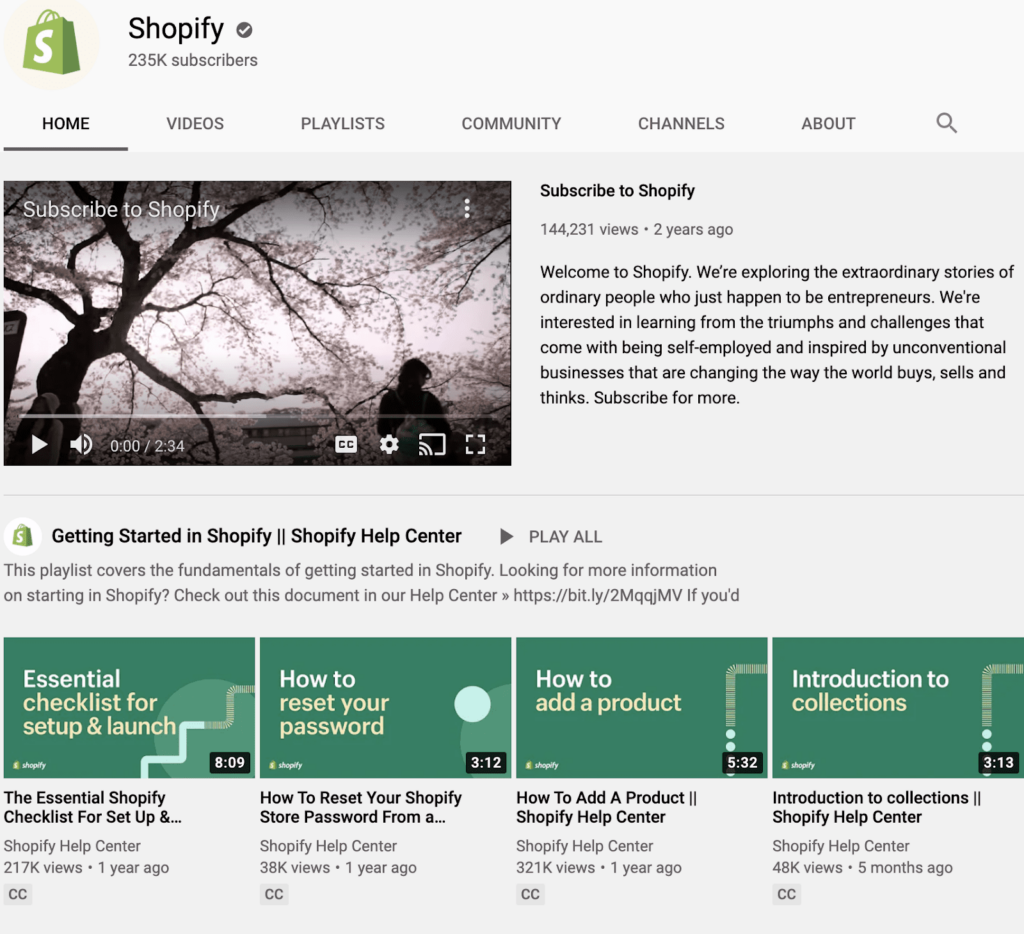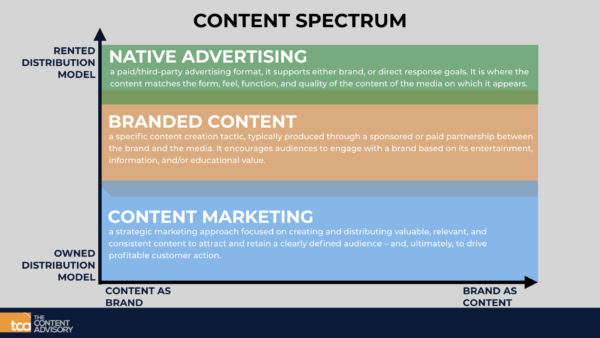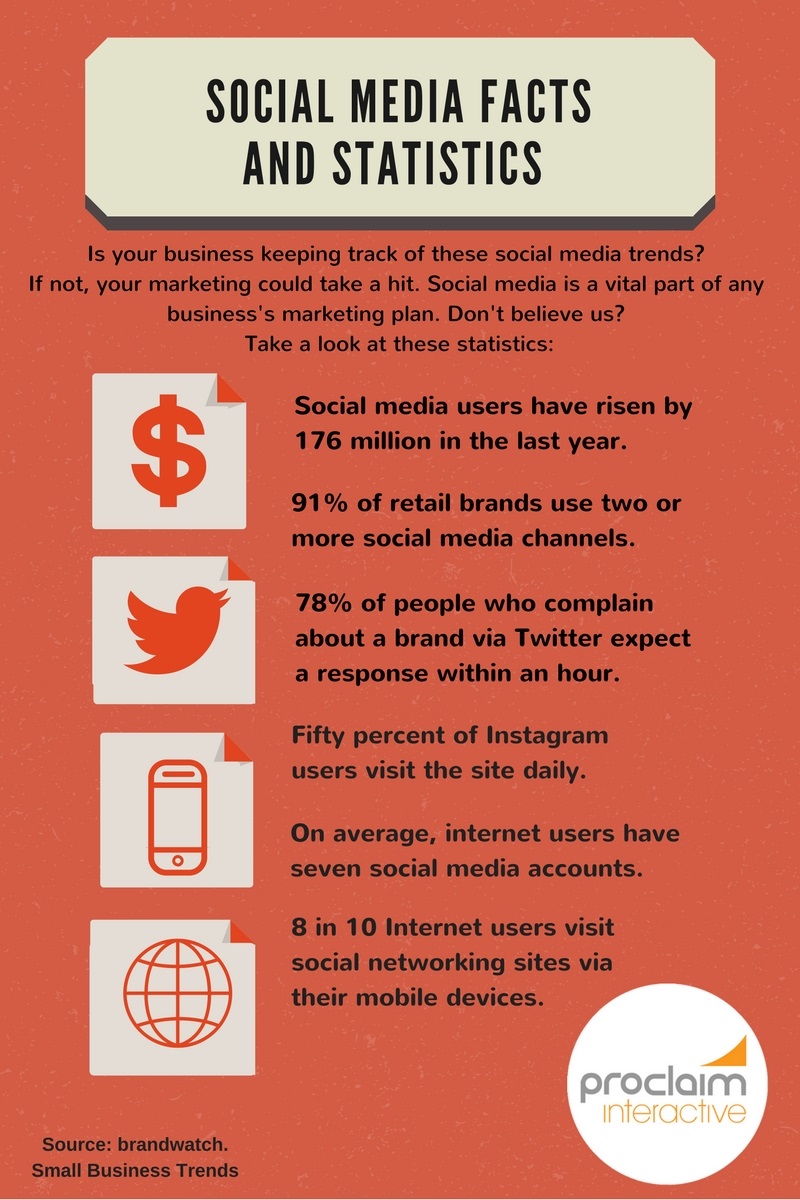
High-quality content is key to building a brand online. Each social media platform should have its own content, so make sure to include your interests and skills. Daily stories are a great tool to engage your audience, and keep them up-to-date at all times. This article will explain how to use these new features. You'll also learn how to add your hobbies and interests into your profile description.
Your personal brand can be built on social media
There are many advantages to creating a personal social media brand, including the ability to attract more people and take control of your brand's narrative. It's also a great place to make connections and get opportunities. But it's important to remember that personal branding is all about consistency, and having a consistent persona across various platforms is key. You can learn more about how to create your own personal brand on Facebook.
There's no one way to be successful on social media. To build a strong personal brand on social media, you'll need to make smart choices about what content to share and when to post it. Personal brands should center around your career or unique name, and position you as an expert in the area. Below are some suggestions for creating a personal social media brand.

Share and create high-quality material
You need to share and create relevant content across multiple platforms in order to build a personal brand on social media. LinkedIn is an excellent place to build professional connections. Facebook is the most popular social media network for personal brands. To make connections, join affinity groups. It is a good way to be noticed by your target audience. Regardless of which platform you choose, creating and sharing quality content is key.
Make sure to adapt your content to each social network channel
There is no one size fits all when it comes to creating content for social media. Consumers expect brands to provide content that is adaptable to all channels. If they don't find enough content to enjoy, they will leave your brand. But repurposing your content is easy if you know which type of content will work best for each platform. For example, Instagram users love visual content, so your best content will be videos and high-quality imagery.
It's important to adapt your content according to the social media platforms as audiences have different preferences. LinkedIn is more professional while Facebook content is more personal. While your brand personality must be consistent across channels; however, each channel should have a presentation that is tailored to their audience. It won't work to copy content, but a personal approach will result in higher engagement. A specific demographic is the best way to get the most from each channel.

Including your interests and skills in your profile description
You can make your profile stand out by including your interests and hobbies in your social media profiles. These interests show that you're a well-rounded person with skills relevant to your job. You should be cautious. Listing your hobbies in your description can detract from other important information. Here are some tips for writing your interests section. Your cultural fit can be demonstrated by a few hobbies and interests.
FAQ
How does Content Marketing work?
If someone visits your website, it's because they are looking for something particular. It's great if they find exactly what they want. If they don't, they'll move on to the next provider. You can create helpful and relevant information that answers questions, solves issues, and adds value with content marketing. This content can be used across all platforms (social media and email). so people will always have access to it.
How can you create quality content?
You can create great content by writing about topics that are interesting to you. Finding topics that interest you is the best way to write well. You need to discover what drives you and how that knowledge can be applied to helping others. It's one thing to write for yourself, but it's much easier to write for others.
What is Content Marketing without an Agency?
No! There are plenty of tools available online that make it easy to create high-quality content. Agencies tend to charge higher prices for their services.
What are the differences between content strategies?
Content strategy refers to all aspects that relate to how you create and manage digital content. It encompasses more than what you post on social networks like Facebook and Twitter. It also includes what content you select to highlight on your blog, website, and other online properties.
Content strategy is vital because it determines how you will focus your time and effort, the content types you should use, as well as what message you send to your target audiences.
Understanding the role of content in the overall business goals is crucial to help you realize them.
What if I post only links to other sites' content.
Yes! This is link building. It is a great way of increasing traffic to your website by linking back to other sites' content. But only link to reliable sources.
Statistics
- To further show the importance of this, 89% of people have stopped doing business with a company because of a poor experience. (neilpatel.com)
- An example of an overarching goal could be: "In 2022, we want to achieve a 20% increase in revenue created by organic content and generate 15,000 MQLs with a budget of $30,000." (semrush.com)
- Forty-seven percent of buyers view 3 to 5 pieces of content before engaging with a sales representative. (mailchimp.com)
- Content marketing produces 3X more leads per dollar spent. Content marketing costs 62% less than traditional marketing. (criteo.com)
- Companies that use content marketing see approximately 30% higher growth rates than businesses not using it. (mailchimp.com)
- In fact, would pay more for a better customer experience, and 86% of B2B buyers would pay more. (neilpatel.com)
- Seventy-two percent business to business (B2B) (mailchimp.com)
- We found that 40% of businesses don't have a documented strategy yet. (semrush.com)
External Links
How To
How to make your videos more awesome?
Video Marketing is one powerful tool in Content Marketing. This allows you to get in touch with your audience, build trust and engage them emotionally. But how do we go from boring to awesome? Let's dive into some simple tips!
-
Tell a tale. Storytelling is at the heart of every good piece of communication. Video marketing cannot work without storytelling. Telling stories is only possible if you are open to telling them. Do you find it entertaining? Educational? Inspiring? You can find inspiring stories on social media through videos and photos. Use these stories as inspiration to create your own.
-
Use images. Images help convey emotions faster than words. Images allow us to feel empathy and connect with others. So don't forget to include images in your videos. You have two options: add images to your slideshows and embed them in your blog posts.
-
Make it easy to share. If you want your viewers to spread the word, make it easy for them to do so. Your videos should include sharing buttons. Add social icons to your slideshows. Add "Share" buttons to your videos, especially if you have a YouTube Channel.
-
Don't overdo it. Over-exaggerating graphics and information can lead to viewers losing interest. Keep it simple. Few striking images will suffice to grab attention and hold it.
-
Keep it short. Short videos are very popular. Create short, 5-minute videos to get people talking about your brand.
-
Get feedback. Most importantly, listen to your audience. Ask them about what works for them and what doesn’t. Get the answers and improve your content.
-
A plan is essential. Think about the next video you might create. Can you create a series? Perhaps you could create a playlist of the most popular videos.
-
Test, test, test. It is not a good idea to release a video only to find out that no one watches it. Before releasing any video, test it on your audience. Check out the reactions. You can then make changes based off those results.
-
Repeat. You can repeat steps 1-8 until your formula is perfect. Once you know what works, you'll be able to create great videos time after time.
-
Measure the results. It's important to measure the success of your videos. How did they perform? Do certain audiences prefer specific videos? These questions will help you fine-tune your strategy.
-
As needed, adjust. Once your video campaign has launched, don't stop learning. Make mistakes and learn from them. The best marketers never stop learning.
-
Enjoy it. While video marketing isn't difficult, it takes patience. You'll gain more experience and learn new strategies and techniques to help your business grow.